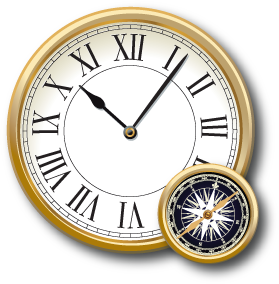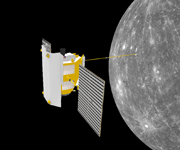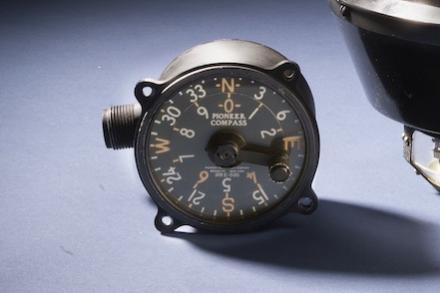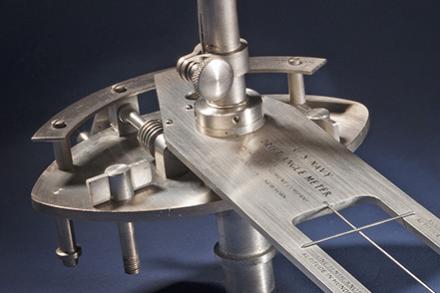Lindbergh's Calculated Risk
Innovations
The earth inductor compass was popular in the United States for long distance flights in the period 1924-1934. Charles Lindbergh relied on this type of compass on his New York to Paris flight to maintain course until it malfunctioned. It's primary attraction was that it was far more stable than liquid-filled "whiskey" magnetic compasses and featured a controller that could dial in a heading that could be followed with a left/right indicator similiar to that used for VOR navigation decades later. This made is far easier to hold a heading over long periods, particularly when fatigued. It used a wind-driven generator to create an induction field that created variable current as it interacted with the Earth's magnetic field. Less reliable than a liquid compass, it fell out of favor by the mid-1930s, replaced by gyroscopic heading indicators. Albert Hegenberger oversaw its development in the early 1920s for the U.S. Army Air Service.
Lindbergh brought this clock with him on his transatlantic flight in the Spirit of St. Louis. His simple dead reckoning approach to navigation did not require an accurate clock. “Eight-day” refers to how long the clock would run on a full winding.
Lindbergh carried a Navy drift meter like this one to measure wind drift. He never used it because it was too difficult to mount and operate outside the window while flying and still manage to control the aircraft safely.








